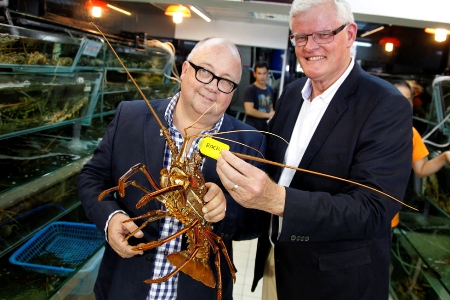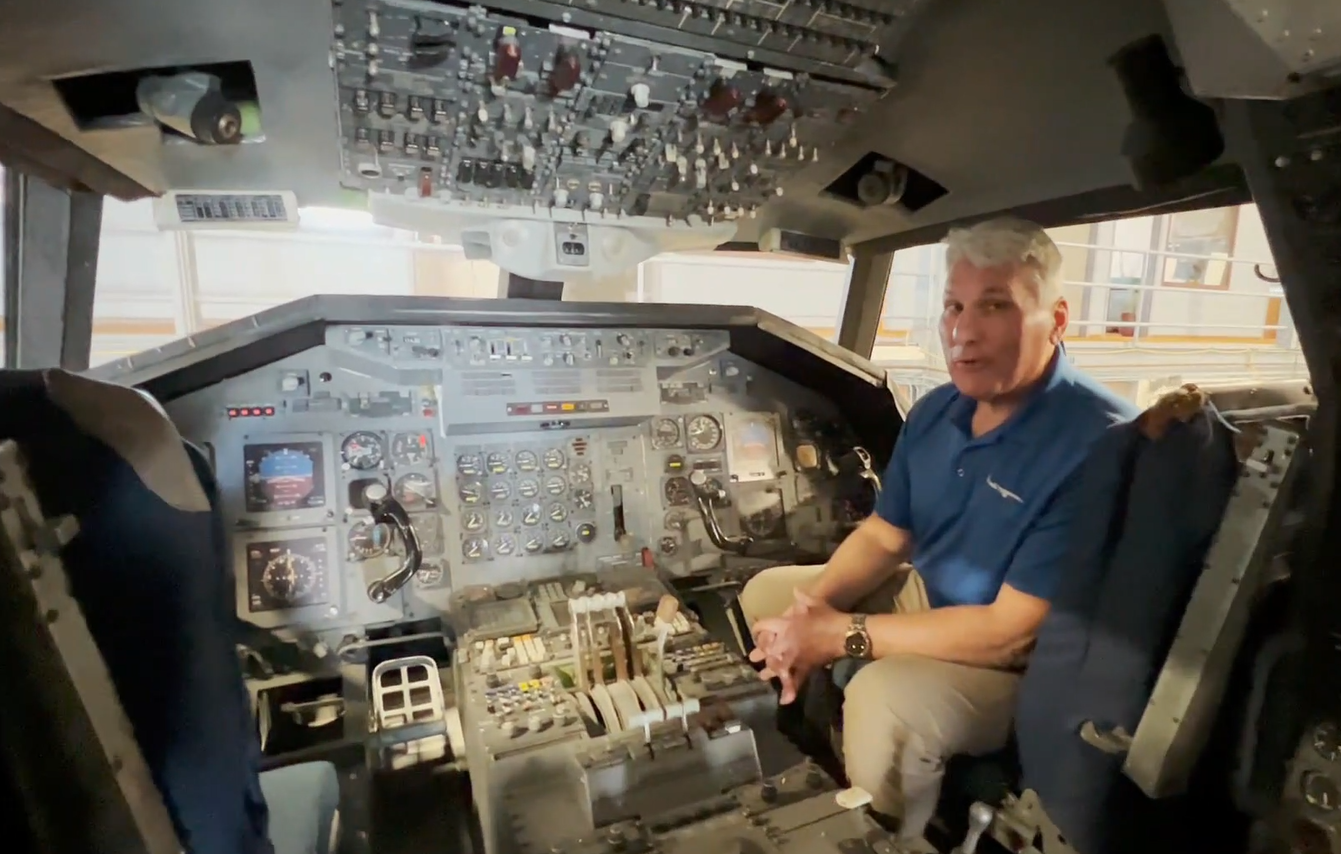Air cargo underpins air travel
12 August, 2013
3 min read


The ocean off Cervantes in Western Australian just north of Perth, feels like a world away from the hustle and bustle of the world’s airports and the multibillion-dollar air cargo business.
But these small red crustaceans are a highly prized delicacy worldwide and make up a crucial part of Western Australia’s airfreight export market.
Western Australian rock lobsters are exported live globally in a quick and efficient operation that delivers them fresh to their foreign destinations, such as a Hong Kong restaurant dinner plate.
Channel 7, The West Australian newspaper in conjunction with AirlineRatings.com followed on rock obest which we named “Rocky” on his journey.
SEE THE VIDEO BELOW
The lengths taken to ensure Rocky’s safe arrival illustrate the value of Western Australia’s $183 million rock lobster industry, much of which is imported live to China and South-East Asia and cooked to Europe and the US.
Rocky’s journey also shows how air cargo is just as important — if not more so — as passengers to airlines. Without cargo in the bellies of planes, passenger airfares would increase by up to 20 per cent and many flight routes would be unsustainable.
After being caught the rock lobsters are weighed, graded and checked — too many missing legs or feelers make a lobster unsellable.
Some rock lobsters are cooked before export by steaming for 45 minutes.
Then they are chilled and must arrive at their destination such as Paris at a temperature of between minus one and 4C, otherwise French officials send the cargo back.
The rock lobsters, including our Rocky, destined for live export are stunned in chilled saltwater, between 6C and 9C, for up to five minutes to put them into a deep sleep for their flight.
Once stunned, the lobsters are packed in sawdust-lined eskies and before long they begin their 240km journey to Perth international airport and air freight agent Worldlink’s depot, which handles up to 18 tonnes of live lobsters daily.
This is big business.
More than 40 per cent of world trade by value is carried in passenger or freight planes each year. It adds up to a staggering 50 million tonnes of cargo worth more than $5 trillion.
As passengers board a midnight Cathay Pacific flight at Perth international airport, Rocky and his mates are being loaded into the belly of the aircraft for the seven-hour, 6000km journey to Hong Kong.
The next morning, the seafood importer picks up the live cargo and unpacks Rocky and the other lobsters.
Wriggling and kicking, the lobsters are well awake as they are put into the tanks at a seafood market shop.
That evening the seafood market comes alive with people who come out to buy their dinner, as fresh as if it had just been plucked out of the ocean.
Next Wednesday Episode 2 will take you into the world’s biggest kitchens.
CARGO BY THE NUMBERS
• Cargo revenue is worth $63 billion to airlines globally.
• Air cargo accounts for 40 per cent of world trade and has an annual value of $5 trillion
• The air cargo industry is growing by six per cent a year.
• In 2050 more than 400 million tonnes of cargo will be carried by air.
Next Article
Qantas triples profit but misses mark

Get the latest news and updates straight to your inbox
No spam, no hassle, no fuss, just airline news direct to you.
By joining our newsletter, you agree to our Privacy Policy
Find us on social media
Comments
No comments yet, be the first to write one.

